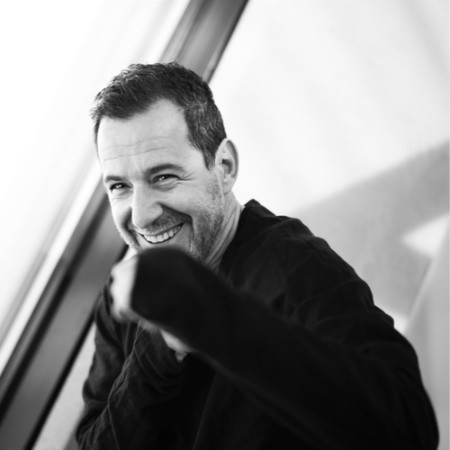Important yet fragile is the world's right to education: this is what can be deduced from reading the UNESCO report that speaks of more than 250 million children around the world who cannot go to school because of discrimination or unaffordable education costs. A high number when one considers how crucial study and knowledge can be in the growth of a country in more ways than one.
And it is precisely access to study and the quality of education that is at the center of the narrative of the twelfth chapter of BG4SDGs - Time to Change, the project set up to delve into the state of the art of the process of achieving the 17 goals of the UN 2030 Agenda. On this occasion, Stefano Guindani's lens focused on investigating the situation related to Sustainable Development Goal (SDG) number 4 "Providing quality, equitable and inclusive education and learning opportunities for all."
To analyze the situation, the photographer went to India, 330km from Mumbai to the small village of Paritewadi which is home to less than 2,000 inhabitants and until a few years ago had an education rate close to 2 percent. In fact, since 2009, with the "Right to Education Act" introduced by the Indian government, the situation has changed throughout the country causing the illiteracy rate to drop from 75% to 30%.
 Stefano Guindani, photographer
Stefano Guindani, photographer



/original/Testo+del+paragrafo+%2827%29.png)
/original/Testo+del+paragrafo+%2825%29.png)
